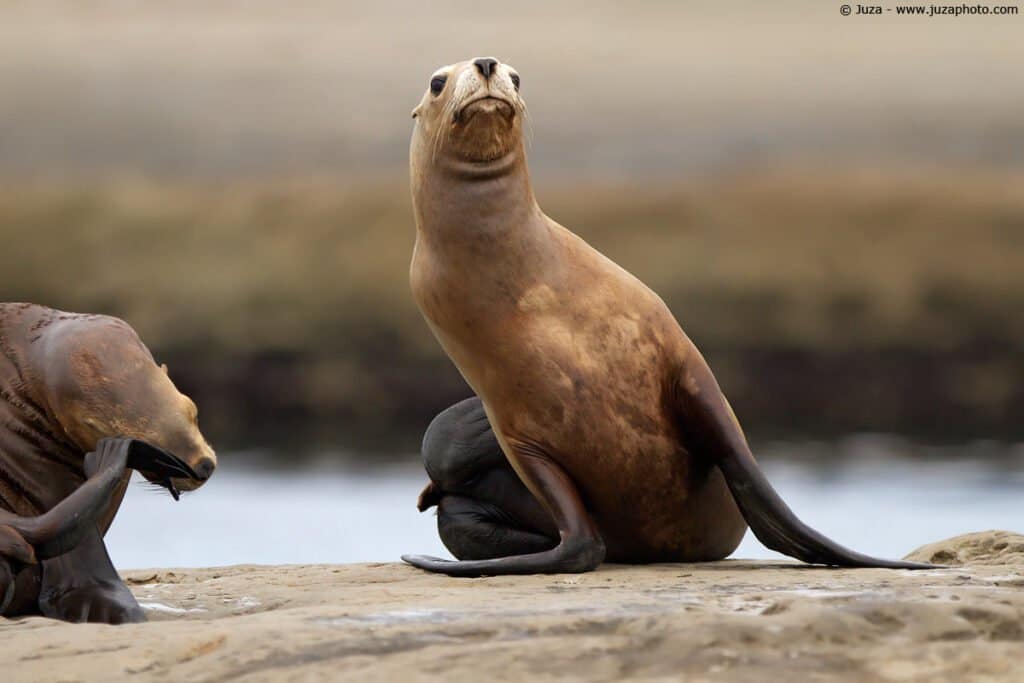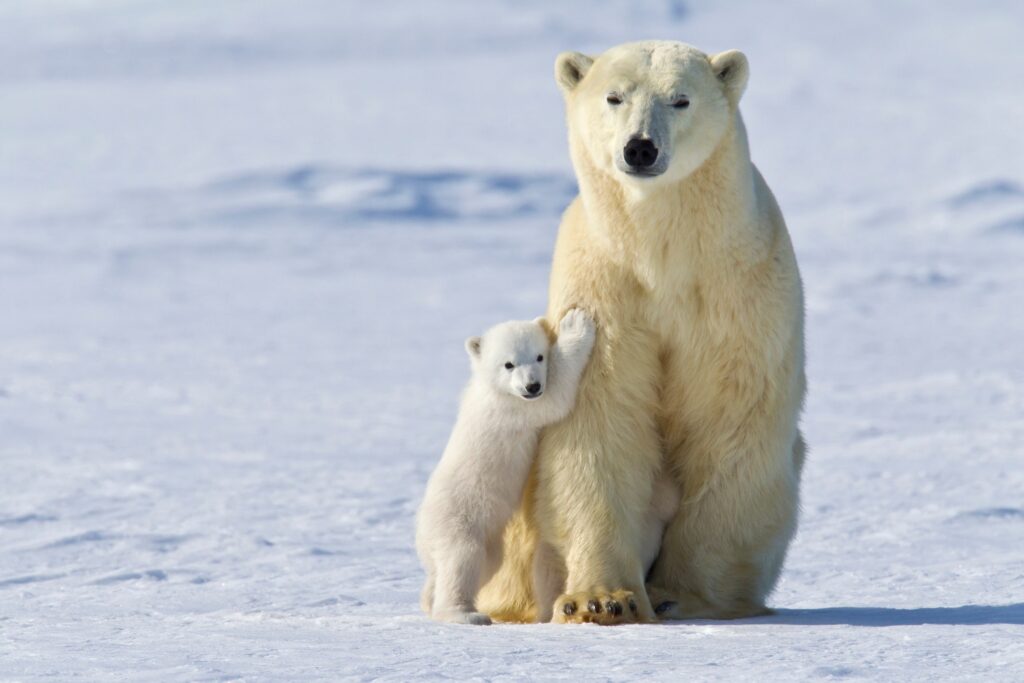When it comes to intelligence in animal species, it is not irrational to assume that size does matter. After all, a larger skull houses a larger brain. And a bigger brain provides the potential to develop better problem-solving skills.
Yet it doesn't work like that. Just because skulls expand doesn't mean nature will automatically fill them with gray matter. The truth is, we know very little about the evolutionary forces responsible for brain size diversification in animal species.
For this an international team of researchers has undertaken a huge study on the largest data set ever assembled, measuring the spaces that once occupied the skulls of over 1.400 living and extinct animal species.
By comparing body size information with endocranial data, the team could look for consistent patterns and sequences in developmental growth that push an animal up the IQ scale.
A titanic undertaking
Obviously, this search wasn't that simple.
“At first glance, the importance of taking into account the evolutionary trajectory of body size may seem irrelevant,” says the evolutionary biologist Jeroen Smaers of Stony Brook University. But that's not always the case.
The California sea lion

After all, many of the big-brained mammals like elephants, dolphins, and great apes also have large brain-to-body sizes. But that's not always the case.
One animal that counteracts this trend is the California sea lion ( zalophus californianus ).
This big sea boy can reach over 2 meters (nearly 7 feet) in length and weigh around 100 kilograms (220 lbs), and is roughly the size of a large adult human. Yet the size of his brain is more like that of a chimpanzee.
This certainly does not make this species stupid: on the contrary, sea lions learn quickly and they can adapt cognitively to human interactions with great ease.
The polar bear

Among the animal species, the polar bear (ursus maritimus) has a relatively similar average body mass, with a brain that is twice as large as that of the sea lion. While no one has yet dared challenge one of these voracious predators to Sudoku, I find it sensible to say (from a distance) that they are not twice as intelligent.
Neuroanatomically, the researchers found that sea lions have 3,6 times the volume dedicated to their intelligence, with respect to basic autonomic and sensory functions.
If Californian sea lions are as big as we are, why aren't they as smart as we are?
Simply put, evolution in some cases simply made the body bigger, leaving the brain smaller. Or, in our case, it has shrunk its body to adapt to a new habitat. Nothing has to do with intelligence, in short, the relationship between body and brain size. There is little connection between brain size and intelligence.
We have overturned a long-standing dogma that relative brain size can be misconstrued with intelligence
Kamran Safi, biologist and researcher at the Max Planck Institute of Animal Behavior
A history lesson from the study of animal species
Comparing brain and body size in extinct animal species (in fossils) also allowed the team to gain insights into historical changes in a changing ecological context. In the wake of the impact that ended the Cretaceous (and the dinosaurs), a class of tiny mammals such as rats, shrews and bats underwent significant changes at the scale of their bodies and brains.
With the cooling of the climate in the late Paleogene (30 million years later) mammals including seals, bears and our ancestors took advantage to feed and build body mass and brain size.
A big surprise was that much of the variation in the relative brain size of mammals living today can be explained by the changes their ancestors underwent as a result of these catastrophic events. Are we children of luck? Also, of course. But not only.
In short (Italian only)
Our bodies, veritable computers made of flesh, have been evolving for so long that it is unlikely to think of a single criterion to guide their growth. It's not just a question of animal species: even among humans themselves, "bigger" does not necessarily mean "smarter". When it comes to the intelligence of others animals, size is just one thing that matters.
Except, of course, when it doesn't matter.


